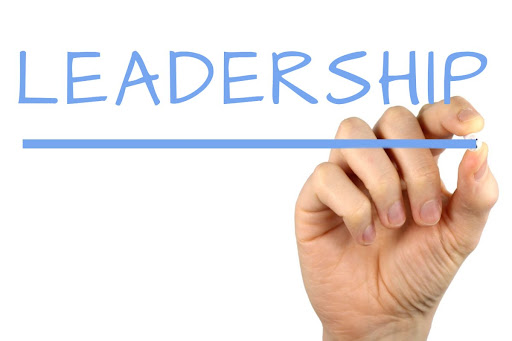March, celebrated globally as Women’s History Month, holds special significance for young women navigating the complexities of modern life. This dedicated month serves as a platform to reflect on achievements, acknowledge challenges, and amplify the voices of women. For young women, Women’s History Month is more than just March; it’s an opportunity for empowerment, inspiration, and collective progress.
Recognition of Achievements
Women’s History Month allows the average young woman to celebrate the progress of those who paved the way before her. It’s a time to honor the trailblazers who shattered glass ceilings, proving that gender should never be a barrier. From women in science and technology to leaders in various fields, these role models inspire young women. Women need to dream big and strive for excellence in their chosen paths.
Acknowledgment of Challenges
While celebrating achievements, March prompts a reflection on the challenges women continue to face today. The average young woman recognizes the importance of recognizing and addressing issues like gender inequality, workplace discrimination, and societal expectations. This awareness fuels a commitment to advocating for change and fostering environments where all women can thrive.
Amplifying Voices
Women’s History Month provides a platform for us all to have our voices heard. It’s a time to share stories, experiences, and perspectives that often go unheard. Social media campaigns, events, and discussions become avenues for women to connect and contribute to the broader conversation about equality.
Fostering Support
This dedicated month fosters a sense of solidarity among young women. It’s a reminder that they are not alone in our journeys. There’s a community of diverse voices sharing similar experiences. Through workshops and public initiatives, women come together to support and learn from each other. This uplifting, continuous action creates networks women can use beyond the month of March.
Personal Growth
Women’s History Month serves as a catalyst for personal growth and empowerment. The average young woman draws inspiration from the stories of resilience, determination, and courage shared by others before her. Whether it’s learning new skills, pursuing further education, or taking on leadership roles, this time ignites a sense of possibility. The belief that every woman can contribute to positive change.
Reflecting All Women
This time also prompts a deeper reflection on intersectionality. Acknowledging that the experiences of women are shaped by factors such as race, ethnicity, socioeconomic status, and more. Women recognize the importance of inclusivity. We all need to strive to provide a narrative that is diverse and representative of all women continually.
Through these lenses, Women’s History Month becomes a dynamic force. We can propel young women toward empowerment, growth, and the pursuit of equality in all aspects of life. We all learn by helping others.
Check out more inspiration at: KathyHusserTempe.com






